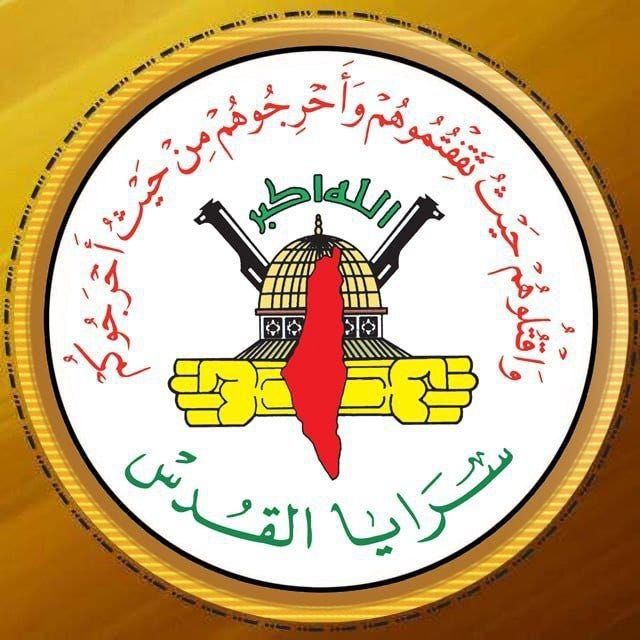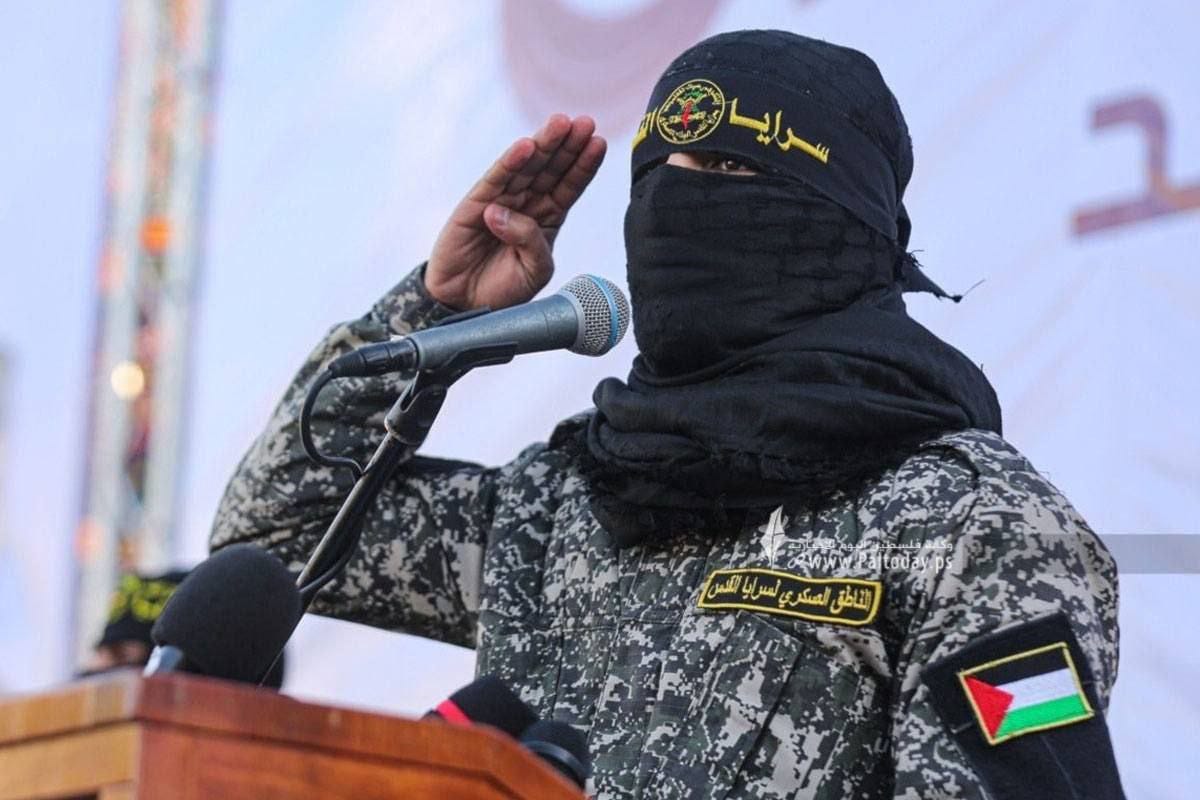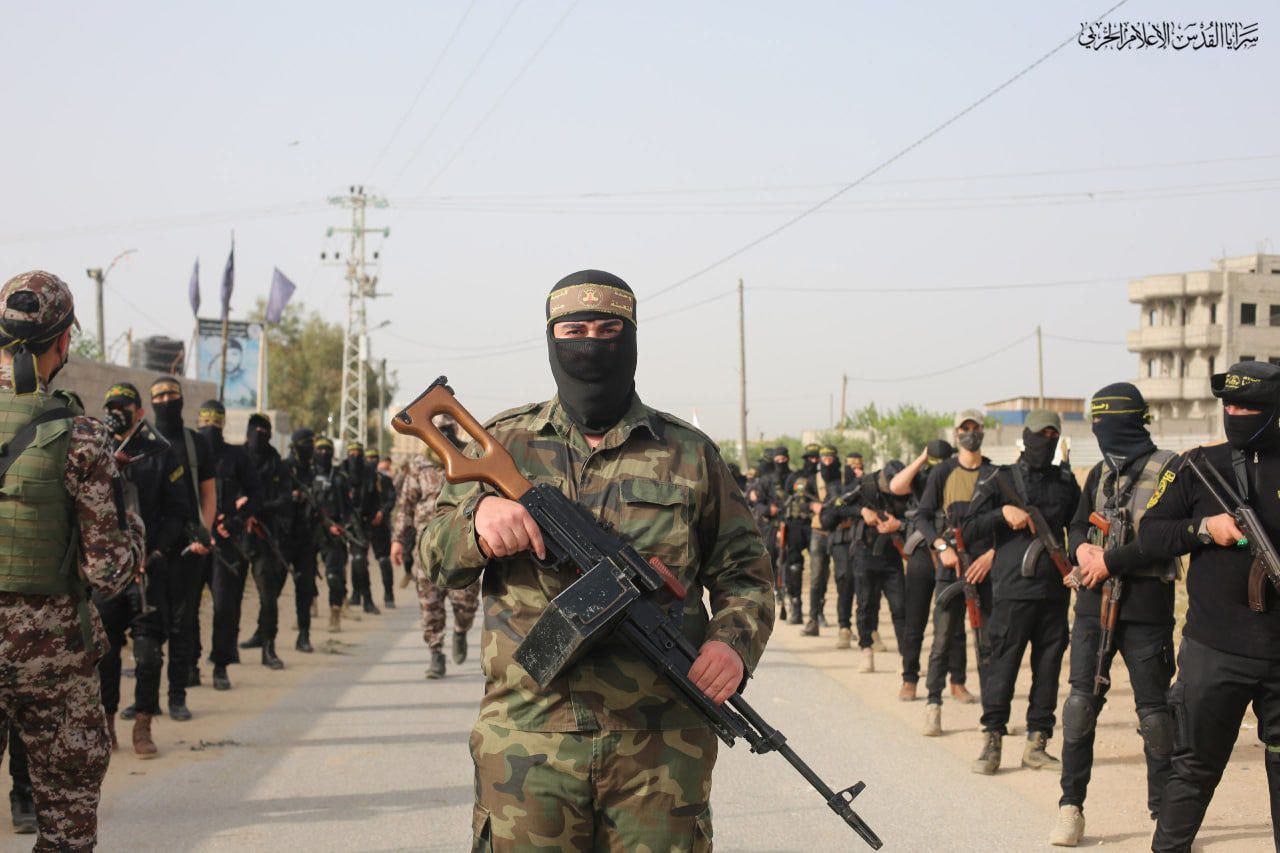Palestinian Islamic Jihad: between truce and future
Analysing the differences between PIJ and Hamas.
Daniele Garofalo Monitoring is registered with the Italian National ISSN Centre and the Centre for the Registration of Serial Publications (CIEPS) in Paris.ISSN (International Standard Serial Number): 3103-3520ORCID Code: 0009-0006-5289-2874Objectives of the analysis: this report examines and analyses the differences between Palestinian Islamic Jihad and Hamas, the prospects, the changes necessary for PIJ to survive, and the levers that may influence its behaviour in the future.
Date: October 2025.
Methodology and sources: monitoring of PIJ propaganda (videos, photos, statements, claims), reports from sources in the field, extensive bibliography and sitography of analyses, studies, research, articles (listed at the end of the analysis and recommended for comparison and further reading).
Structure of the analysis: Ideological/political differences between PIJ and Hamas, organisational model, structures, resources and chain of command, external relations and sources of support, activities in Gaza and the West Bank, tactical behaviour on the ground, changes necessary for PIJ to survive and levers that may influence its behaviour in the future.
The Palestinian Islamic Jihad (PIJ) was founded in 1981 through the Muslim Brotherhood network in Palestine, specifically in Gaza, by Fathi Shaqaqi and Abd al-Aziz Awda, two students influenced by the 1979 Iranian Islamic Revolution and Khomeini’s revolutionary thinking. Unlike Hamas, which was founded as a branch of the Palestinian Muslim Brotherhood and has a political and social structure, the PIJ has always presented itself as a movement exclusively dedicated to armed struggle, with no administrative or electoral ambitions. Its stated goal remains the total liberation of historic Palestine through armed struggle, rejecting any form of negotiation or territorial compromise. The PIJ has developed as a separate organisation, shaped by growing militarism and always very close to Iran.
Ideologically, the PIJ combines elements of radical Palestinian nationalism with a revolutionary Islamist vision: it considers armed resistance not only a national duty but a religious obligation (fard ‘ayn) for every Muslim. The group considers Israel a colonial and temporary entity and regards the peace processes (since Oslo) as a betrayal of the Palestinian cause. Although Sunni, the PIJ is strongly embedded in the pro-Iranian Shiite network, thanks to the economic, logistical and military support provided by the Revolutionary Guards (IRGC) and Hezbollah.
From an operational point of view, the PIJ has its own armed wing, the al-Quds Brigades, which acts relatively autonomously from Hamas, but often in tactical coordination during escalations against Israel. Its main base remains the Gaza Strip, but in recent years it has expanded its presence in the northern West Bank (particularly in Jenin, Tulkarem and Nablus). In these areas, the PIJ supports semi-autonomous cells of young militants, often fuelled by socio-economic frustration and distrust of the Palestinian Authority.
In recent years, especially from 2021 to 2025, the PIJ has taken on an increasingly visible role in escalations with Israel:
- May 2021: During Operation Guardian of the Walls, it coordinated attacks with Hamas but maintained a separate chain of command.
- August 2022: Israel’s Operation Breaking Dawn targeted the PIJ exclusively, striking commanders and missile depots in Gaza.
- October 2023 – 2024: The PIJ actively participated in the conflict alongside Hamas, but without territorial control capabilities; during this phase, Iranian support and logistical coordination with Hezbollah were strengthened.
- 2024–2025: in the West Bank, its cells became the main vector of armed clashes, often operating without clear central command, a sign of growing organisational fragmentation but also of widespread local radicalisation.
Today, the PIJ is a militant actor with high ideological cohesion but limited governance capacity, an organisation that aims for total resistance, rooted in Palestinian discontent. Its prospects depend on the balance between Israeli military pressure, Iranian funding and popular support in refugee camps and urban centres in the West Bank.
Islamic Jihad acts more as an elite vanguard than as a broad community or political movement. Despite their strong Islamist and religious ideological imprint, they also have a strong nationalist imprint. Islamic Jihad focuses heavily on the unity of factions against Israel and the unity of regional beliefs against Western colonialism.
The al-Quds Brigades are the armed wing of the Palestinian Islamic Jihad (PIJ), the second largest and most important armed group in the Gaza Strip, established in 1987 under the name Saif al-Islam, which was changed to its current name in 2002. The al-Quds Brigades have numerous military sections: artillery units, sniper units, infantry, divers and a battalion that deals with operations abroad.
The al-Quds Brigades operate not only in the Gaza Strip, but also in the West Bank with battalions in the areas of Nablus, Jenin (Jenin Battalion, Burqin Groups, Zababdeh Unit), Jaba’ Battalion, Balata Battalion, Tulkarem Battalion in the Nour Shams camp, Aqbat Jabr Battalion in Jericho, Tubas, Ramallah, East Jerusalem, Beit Ummar (al-Khalil Battalion) and the Lebanon Battalion fighting alongside Hezbollah. In the West Bank, the al-Quds Brigades have a strong collaboration with the al-Aqsa Martyrs’ Brigades.
The group’s spokesperson, announced on 22 October 2025, is Abu Hamza (who has taken the same name as his predecessor).
During the conflict of the last two years, the al-Quds Brigades and the PIJ have collaborated with Hamas through the Palestinian Joint Room, but they have often disagreed on various political or strategic issues.
This analysis aims to show the differences between the PIJ and Hamas and what role Islamic Jihad could play, or choose to play, in the post-conflict period.




